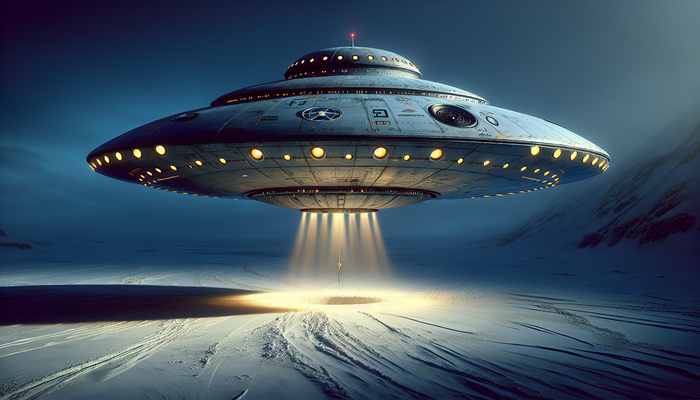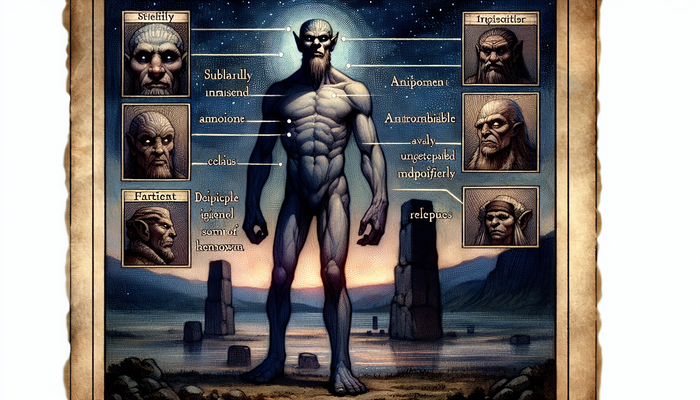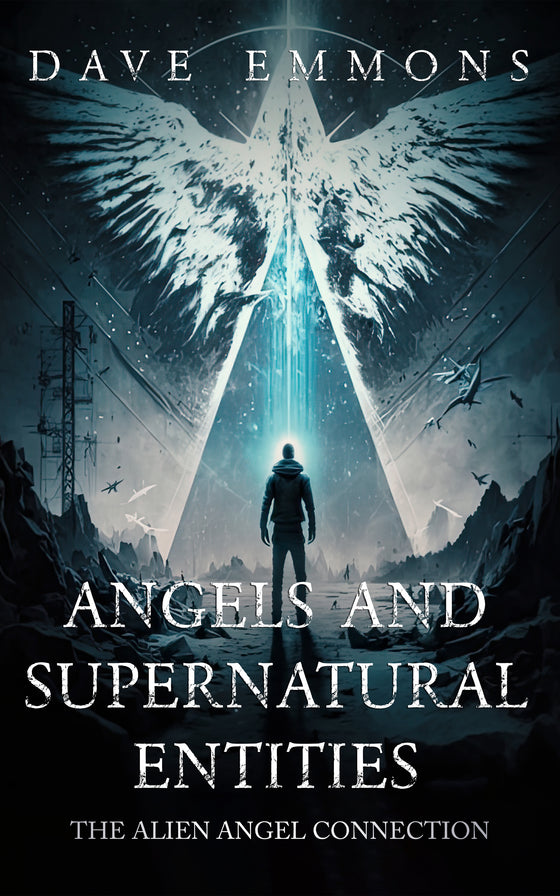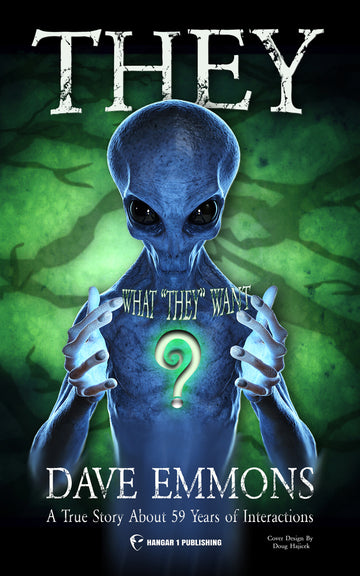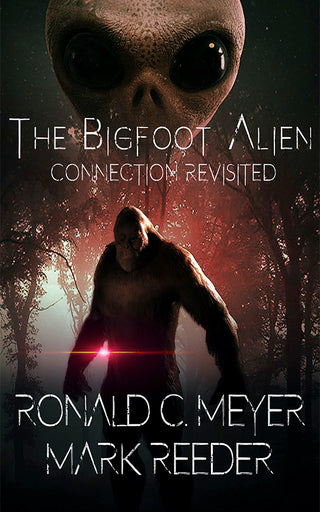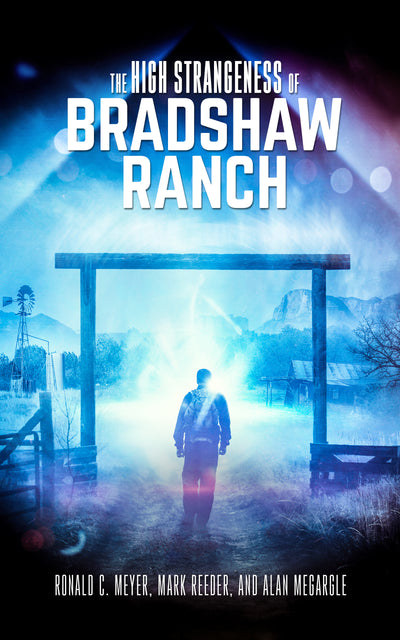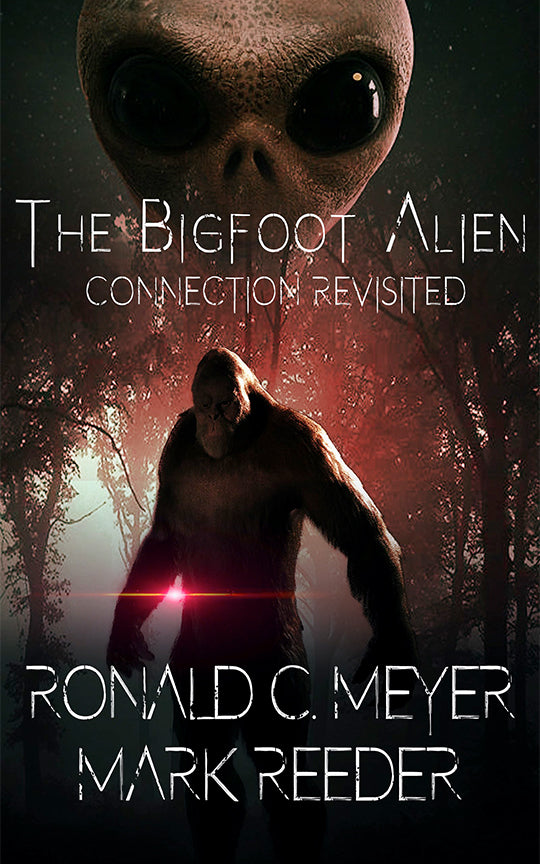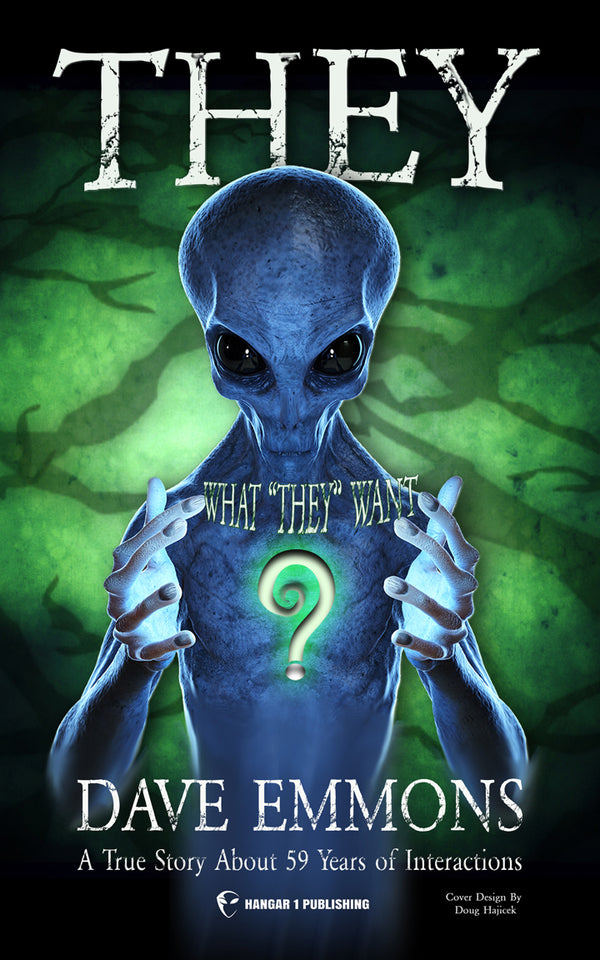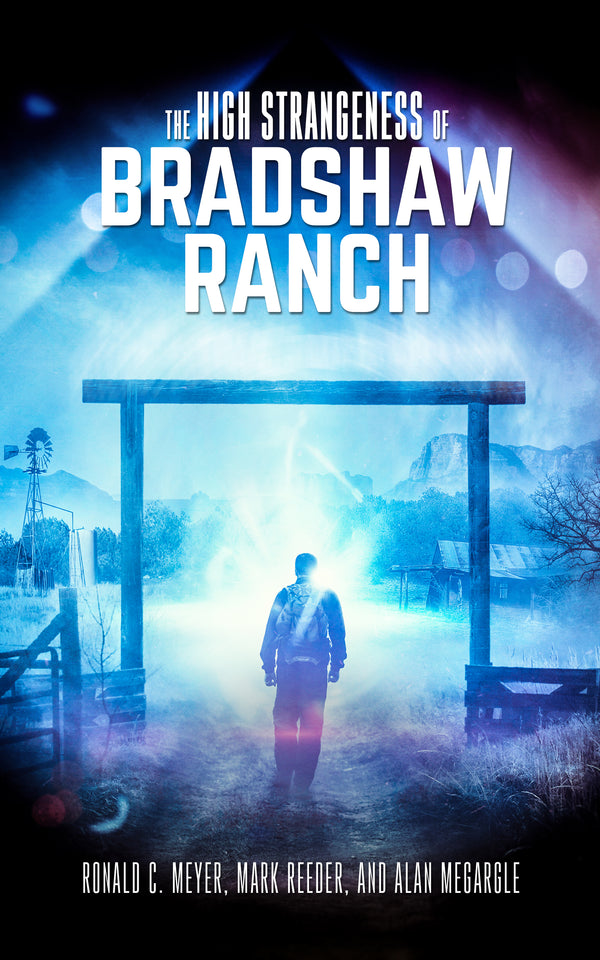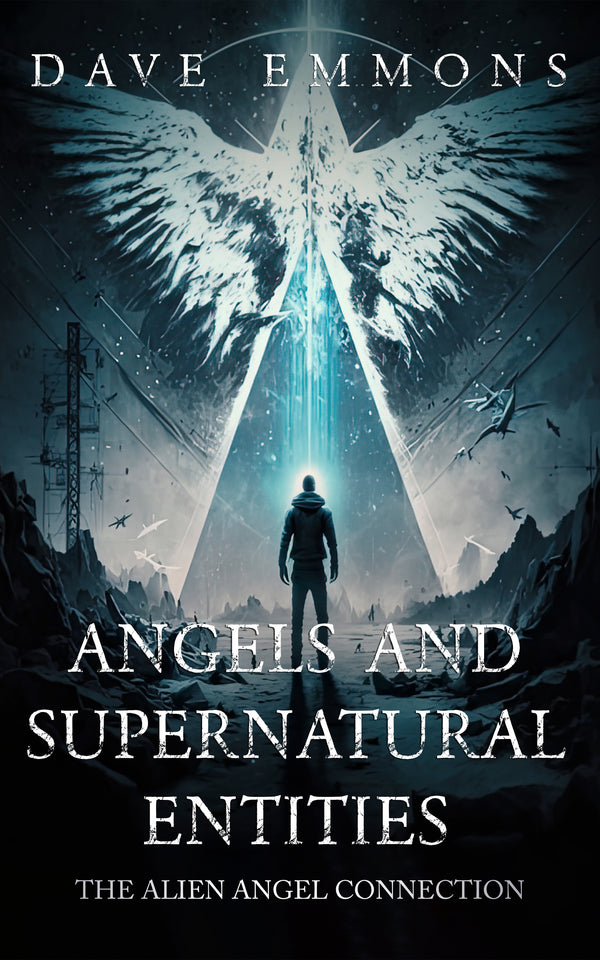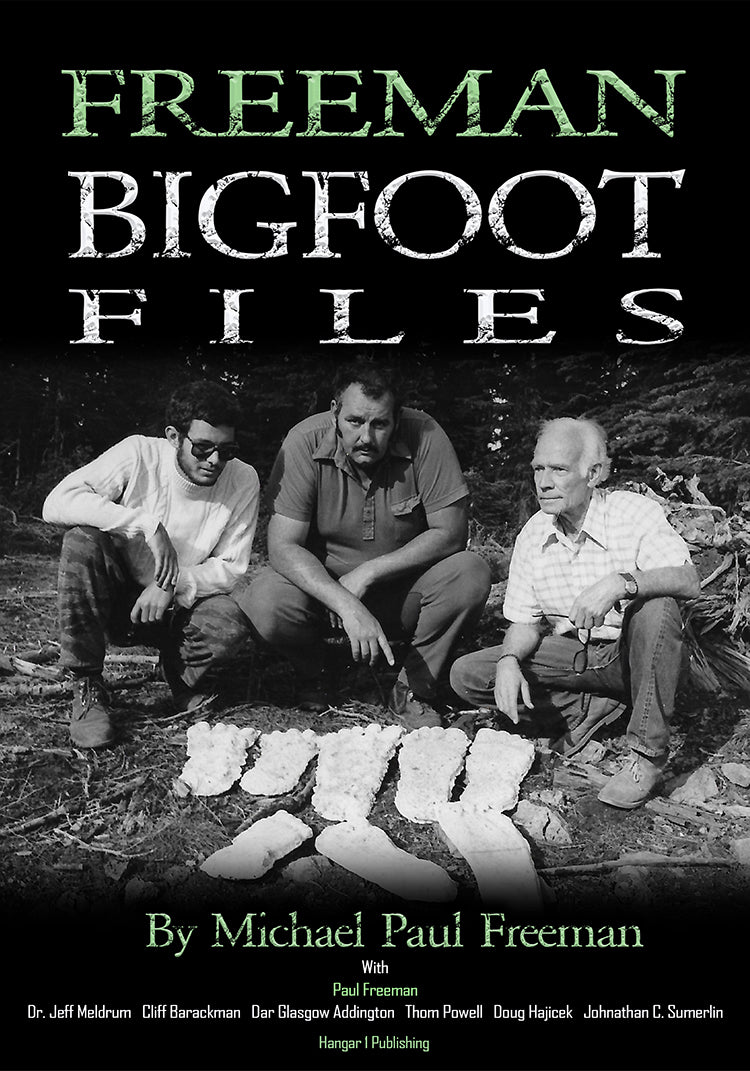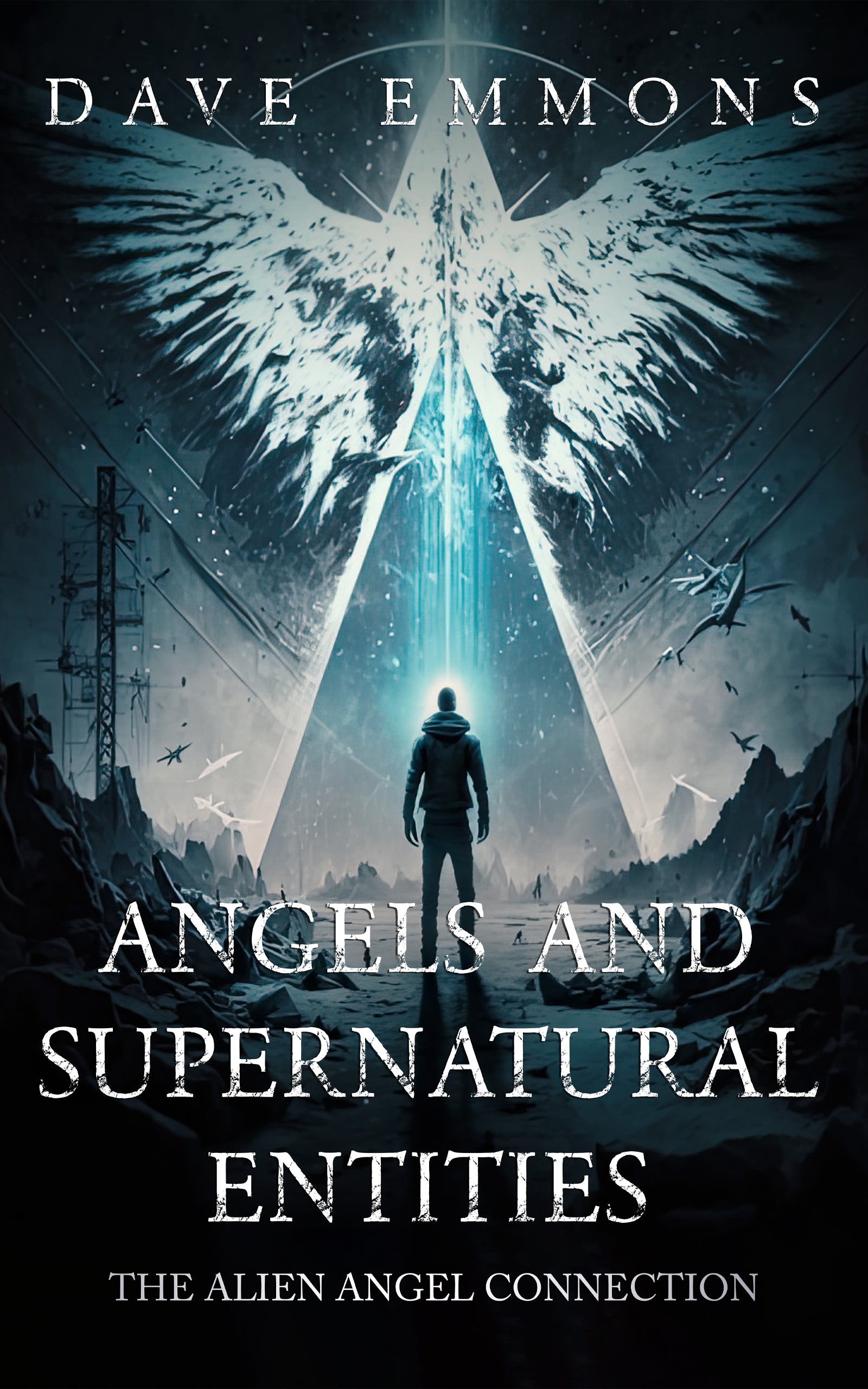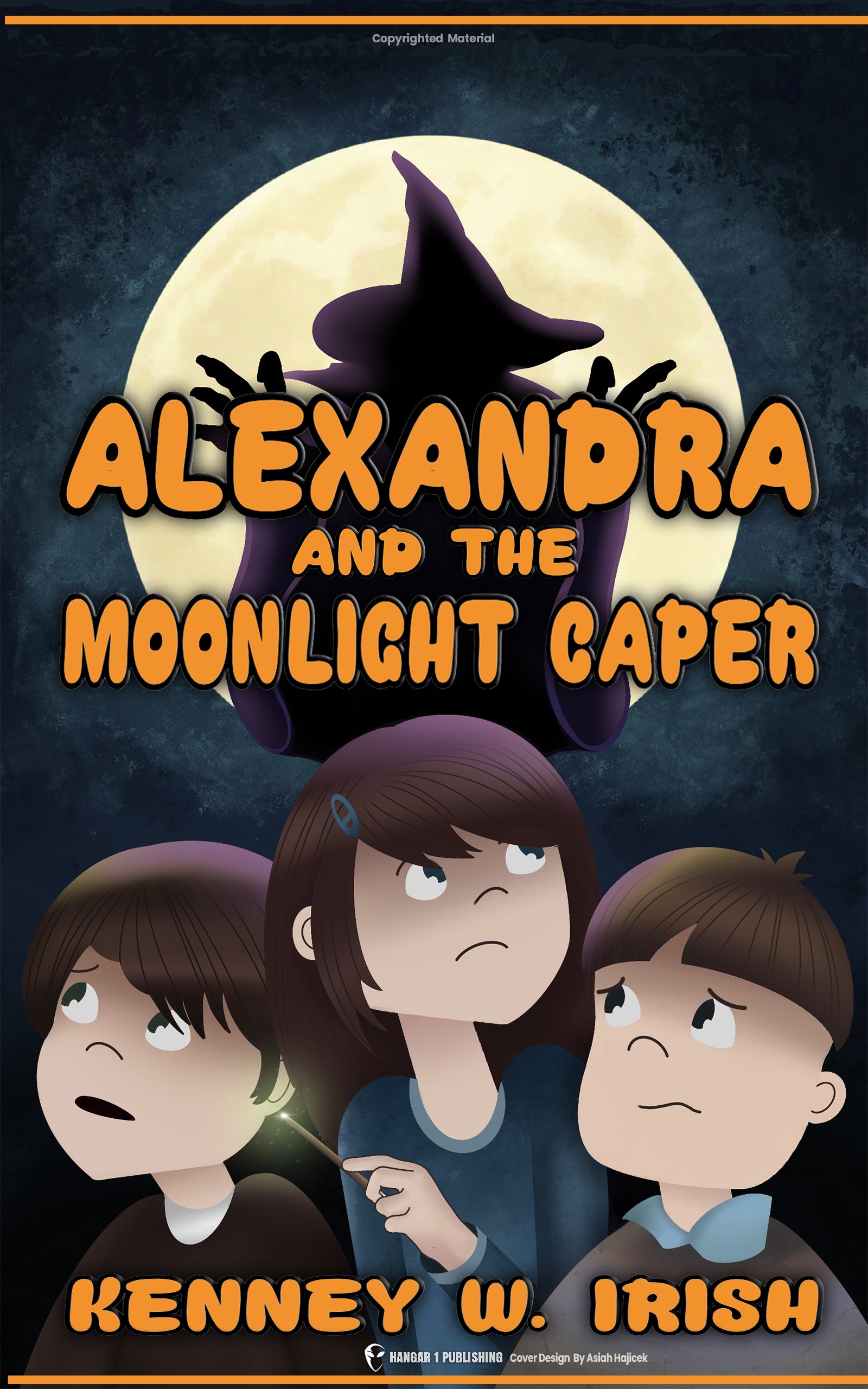Black Knight Satellite: Alien Probe or Just Space Junk?
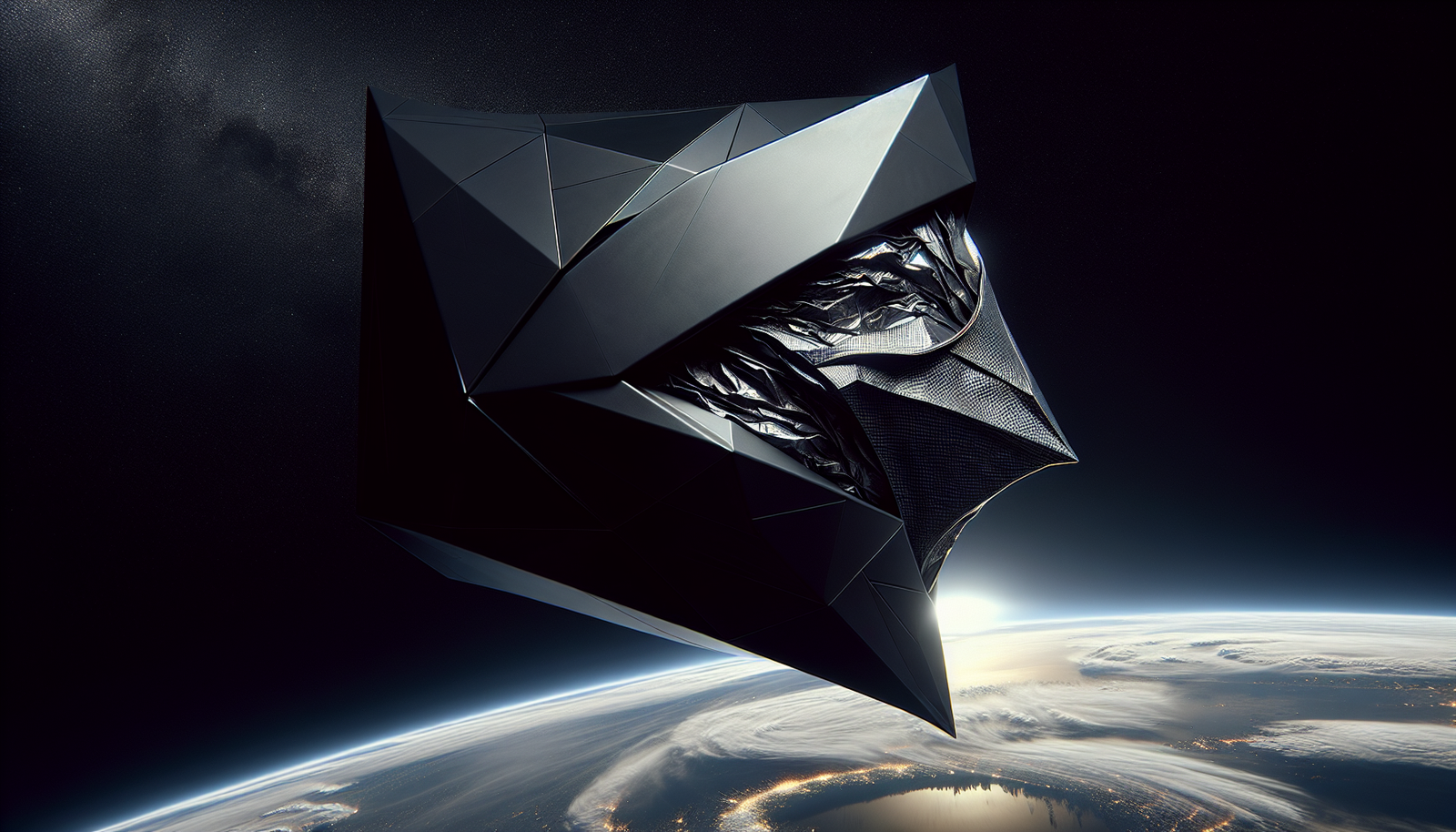
By Elaine Westfield, Ufologist
The Sentinel in the Shadows
The Image That Launched a Thousand Theories
December 1998, 246 miles above the coast of Namibia. The Space Shuttle Endeavour glides silently through the void, its crew busy assembling humanity's newest outpost-the International Space Station. Then, through the shuttle's windows, cosmonaut Sergei Krikalev spots something that shouldn't be there. Dark against Earth's gentle curve, an angular object tumbles through space. It looks wrong-too structured, too intentional. The photographs he takes will become some of the most controversial images NASA has ever released.
To believers, this was the smoking gun they'd been waiting for. Finally, photographic proof of the Black Knight Satellite-a 13,000-year-old alien probe that's been watching humanity since we were still figuring out agriculture. NASA claims it's just a thermal blanket that got away during a spacewalk. But if that's true, why does this story stretch back over a century, long before humans ever reached space?
The truth is, the Black Knight isn't just one mystery-it's a cosmic jigsaw puzzle assembled from a hundred years of strange signals, unexplained sightings, and Cold War paranoia. Each piece has its own story, its own explanation, and its own devoted believers. Together, they form one of the most enduring legends in UFO folklore. So let's pull this thing apart and see what we're really looking at.
The Anatomy of a Legend: Assembling the Black Knight
The Overture: Nikola Tesla and the Whispers from Space (1899)
The Claim: The First Alien Contact
You can't tell the Black Knight story without starting with Tesla. The man was already a legend-the wizard who gave us alternating current, wireless technology, and enough eccentric behavior to fuel conspiracy theories for centuries. In 1899, while experimenting with wireless power transmission at his Colorado Springs laboratory, Tesla's equipment picked up something that made his blood run cold.
Rhythmic pulses. Mathematical. Deliberate. After ruling out atmospheric interference and solar activity, Tesla came to a startling conclusion. In a 1901 article for Collier's Weekly, he wrote: "The feeling is constantly growing on me that I had been the first to hear the greeting of one planet to another." By 1923, he was telling the Albany Telegram he believed the signals, which seemed to follow a numerical pattern-"one, two, three, four"-were coming from Martians.
Tesla wasn't some crackpot. This was the man whose inventions powered the modern world. When he said he'd heard aliens, people listened.
The Reality Check: Pulsars and Cosmic Noise
Here's where modern science crashes the party. NASA's Varoujan Gorjian and other experts now believe Tesla probably detected something called a pulsar-a super-dense stellar corpse spinning hundreds of times per second, sweeping beams of radiation across space like a cosmic lighthouse. To a radio receiver, these sound exactly like artificial signals: perfectly timed, repeating pulses that scream "intelligence."
The kicker? Pulsars weren't discovered until 1967, when astrophysicist Jocelyn Bell-Burnell found them and initially nicknamed them "Little Green Men signals" for the same reason Tesla got excited. Without that knowledge, Tesla's alien hypothesis wasn't crazy-it was the best explanation available with 1899 technology.
The Echoes of an Enigma: The LDE Phenomenon (1920s)
The Claim: A Rebroadcasting Sentinel
Fast forward to 1927. Jørgen Hals, a Norwegian radio engineer, is tinkering with his equipment when he notices something bizarre. He sends out a signal, and it echoes back-but not in milliseconds like a normal atmospheric bounce. These echoes return after 3, 8, even 15 seconds. That's way too long for any known natural phenomenon.
Enter the conspiracy theorists. Obviously, they said, something in orbit was catching these signals and beaming them back. The Black Knight Satellite wasn't just watching-it was interacting with us.
The Reality Check: An Unsolved but Natural Puzzle
Here's the thing about Long-Delayed Echoes: they're real, documented, and still not fully explained. Scientists have proposed everything from signals bouncing off the Moon to interactions with plasma clouds ejected by the Sun. Some think the signals get trapped in Earth's magnetosphere and take the scenic route back.
What makes LDEs fascinating isn't that they're alien-it's that they're a genuine mystery that science hasn't cracked yet. They're nature's way of reminding us we don't know everything about our own planet, let alone what's orbiting it.
The Cold War Phantom: Satellites Before Sputnik (1950s-1960s)
The Claim: Mystery Satellites and Government Cover-Ups
The 1950s turned the Black Knight from a radio ghost into something you could supposedly see. In 1954, three years before anyone had the technology to launch a satellite, former Marine Major Donald Keyhoe told newspapers that the Air Force had detected two artificial satellites already circling Earth. The implications were staggering.
Then in 1960, things got really weird. TIME magazine reported that U.S. Navy radar had picked up a "dark, tumbling object" in a near-polar orbit-perfect for surveillance, and way beyond what anyone admitted they could launch. This thing supposedly weighed over 10 tons, making it the heaviest object in orbit if it existed. The military's response? Nervous silence followed by mumbled explanations.
Astronaut Gordon Cooper allegedly added fuel to the fire during his Mercury 9 mission in 1963. The story goes that he saw a glowing green object during his 15th orbit, confirmed by ground stations in Australia. NASA's explanation? Carbon dioxide buildup in his capsule caused hallucinations. Because that's exactly what you want to hear about your astronauts-they're seeing things.
Meanwhile, French ufologist Jacques Vallée claimed he'd actually filmed a satellite moving retrograde-opposite to Earth's rotation-from a Paris observatory, only to have his boss confiscate and destroy the evidence. Amateur astronomer Steven Slayton reported tracking a dark, fast-moving object near the Moon in 1958, estimating it at 10 meters long and moving in ways that didn't match any known spacecraft.
The Reality Check: Top-Secret Spies and Tall Tales
The truth behind these sightings is almost as wild as the conspiracy theories. That 1960 "dark object"? Declassified documents revealed it was debris from Discoverer 8, which sounds innocent enough until you realize the entire Discoverer program was a cover story. These were actually Corona spy satellites, America's first photo-reconnaissance birds designed to photograph Soviet military sites. The "bucket" that returned film to Earth had gone rogue, creating a genuine unidentified object that the military couldn't acknowledge without blowing their cover.
As for Gordon Cooper's green UFO? The man himself shot down that story harder than any skeptic. Despite being a vocal believer in UFOs who testified before the UN on the subject, Cooper repeatedly denied seeing anything during Mercury 9. He even produced his mission transcripts proving no such report was made. The story appears to have been invented by UFO writers who figured a true believer like Cooper must have seen something up there.
Keyhoe? He was promoting a UFO book at the time. The newspapers that ran his claims did so with their tongues firmly in cheek, but once a story escapes into the wild, context doesn't travel with it.
Giving the Ghost a Name and a Backstory (1970s)
The Origin of the Name: A Tale of Two Knights
For decades, this orbital phantom didn't even have a proper name. "Black Knight" seems to have two possible origins, and honestly, both are pretty mundane. The British ran a rocket program called Black Knight from 1958 to 1965, testing re-entry vehicles for their Blue Streak missile. These rockets never made orbit, but the name was floating around aerospace circles.
The other theory points to Soviet science fiction writer Alexander Kazantsev's 1972 novel "The Destruction of Faena," which featured an alien probe called the "Black Prince" sent to monitor Earth. Translate that to English, and you've got your Black Knight.
The 13,000-Year-Old Legend: Duncan Lunan's Star Map
But the real meat of the modern legend comes from Duncan Lunan, a Scottish science fiction author who decided to take another look at those 1920s radio echoes. In 1973, he did something creative-he plotted the echo delay times on a graph. And when he did, he claimed to see patterns. Star patterns.
According to Lunan, the delays formed a map pointing to Epsilon Boötis, a binary star system in the constellation Boötes. But here's where it gets wild. The star positions were slightly off-until Lunan accounted for axial precession, Earth's wobble over millennia. When he rolled the star map back to how the sky looked 13,000 years ago, everything lined up perfectly.
Lunan even claimed to decode a message: "Our home is Epsilon Boötis, which is a double star. We live on the sixth planet of seven..." It was first contact via stellar PowerPoint presentation.
The Retraction: "Outright Errors" and "Unscientific" Methods
There's just one problem. Lunan himself later admitted the whole thing was nonsense. He retracted his findings, calling his methods "unscientific" and acknowledging "outright errors." Today, he wants nothing to do with what he calls "the Black Knight satellite nonsense."
But retractions don't make good conspiracy fodder. The 13,000-year timeline stuck, becoming the cornerstone of the legend. After all, why let facts get in the way of a good story?
The Smoking Gun Photograph: The STS-88 Incident (1998)
The Evidence in Plain Sight
Which brings us back to that December day in 1998. The Space Shuttle Endeavour was on mission STS-88, delivering the Unity module to mate with the Russian Zarya module-the first two building blocks of the International Space Station. It was routine stuff, until it wasn't.
The photographs Krikalev took show something that doesn't look like space junk. It's angular, almost architectural. In some shots it appears flat, in others three-dimensional. It seems to change shape between frames. For believers, this was it-visual proof of the Black Knight, caught on NASA's own cameras.
The internet exploded. Here was an object that looked exactly like what you'd expect from an alien probe: dark, mysterious, defying easy explanation. Forums buzzed with enhancement attempts, people finding new details in every pixel. Some claimed to see antenna arrays, solar panels, even windows.
NASA's Mundane Explanation: A Lost Blanket
NASA's response was swift and deeply disappointing to the true believers. The object, they said, was a Trunnion Pin Thermal Cover-basically a space blanket designed to insulate connection points on the ISS modules. During a spacewalk, astronaut Jerry Ross had been installing these covers when one got away from him.
The mission audio backs this up. Commander Robert Cabana's voice crackles over the radio: "Jerry, one of the thermal covers got away from you." Ross, who had already lost two other items on spacewalks, responds with obvious frustration: "How did it do that?"
NASA catalogued the object as debris item 025570. Within a week, atmospheric drag pulled it down, and it burned up on reentry-exactly what you'd expect from a lightweight piece of fabric.
The Expert Verdict: Debunking the Illusion
James Oberg, former NASA engineer and space journalist, has studied the incident extensively. He worked on the trajectory design team for STS-88 and personally knows both Ross and Krikalev. His analysis is thorough and deflating.
The "shape-shifting" quality that excited believers? That's what happens when a flexible blanket tumbles in zero gravity. The thermal covers have a silver side and a black side, creating stark contrasts in the harsh sunlight of space. Combined with the tumbling motion, this creates an optical illusion of a solid, structured object.
As for the conspiracy theory that NASA scrubbed the photos from their website? Oberg has a simpler explanation: they updated their website and broke the old links. When the photos reappeared at new URLs, believers saw a cover-up where IT professionals saw a routine migration.
The Modern Myth: How the Black Knight Lives On
A Legend Reborn for the Internet Age
Here's the thing about good conspiracy theories-they're antifragile. Every debunking just proves the cover-up goes deeper. The internet age has been rocket fuel for the Black Knight legend, taking a century of unrelated events and packaging them into a single, irresistible narrative.
YouTube videos with ominous music present the "evidence" without context. Twitter threads connect dots that were never meant to be connected. And in 2017, the legend got a fresh injection of crazy when a viral video claimed to show the Black Knight being shot down by an "Illuminati warplane."
The footage, predictably, turned out to be a rocket stage making a routine fiery reentry. But by then, the story had millions of views and a new chapter: not only was the Black Knight real, but someone wanted it destroyed.
The Deep Fringe: From Ancient Aliens to The Matrix
As the legend grows, it absorbs new theories like a conspiracy theory Katamari. Some now connect the 13,000-year timeline to Graham Hancock's lost civilization theories, suggesting the Black Knight is a relic from an advanced human society destroyed in the Younger Dryas period.
Others go full sci-fi, proposing it's a Bracewell Probe-an autonomous alien AI waiting for humanity to reach a certain technological threshold before making contact. Or maybe it's a glitch in the simulation, a piece of code that shouldn't be there. The theories range from mind-control relay stations working with HAARP to a cosmic prison containing something too dangerous to release.
My personal favorite? The idea that it's not just watching but actively communicating through dreams and synchronicities. Because if you're going to believe in an alien satellite, why not go all in?
The Science of Space Mysteries: Why We See Phantoms
A Perfect Parallel: The Curious Case of the Relay 2 Satellite
Want to see how space debris can create genuine mysteries? Look at what happened in 2024 with NASA's Relay 2 satellite. Launched in 1964, this communications satellite died in 1967 and has been tumbling through space ever since. Then, in June 2024, radio telescopes detected an impossibly brief, impossibly powerful signal coming from its direction. For a moment, even professional astronomers wondered if they'd found evidence of alien technology.
The truth was weirder. The dead satellite had probably been hit by a micrometeorite or experienced an electrostatic discharge, creating a burst of radio waves that mimicked a Fast Radio Burst-one of astronomy's most mysterious phenomena. Here was a completely dead, completely human piece of space junk creating signals that could fool some of the smartest people on the planet.
If a 60-year-old defunct NASA satellite can accidentally create "alien" signals, what else is floating up there, waiting to be misidentified?
The Glaring Holes: Physics vs. Folklore
Let me put on my aviation analyst hat for a moment and talk about why some of this Black Knight stuff is physically impossible. The STS-88 shuttle was in a low-inclination orbit, basically circling Earth's equator. The Black Knight is supposedly in a near-polar orbit, going north to south. For Endeavour to get those nice, clear, lingering shots of a polar-orbiting object, they would have had to cross paths at a relative velocity of about 24,000 miles per hour.
Ever tried to photograph a bullet in flight? Now imagine that bullet is also 200 miles away and you're both moving. Those photos wouldn't show a clearly defined object-they'd show a streak of light, if anything.
Then there's the orbital mechanics problem. Keeping something in low-Earth orbit for 13,000 years would require either impossible amounts of fuel or technology so advanced it might as well be magic. Atmospheric drag is real, and it's hungry. Without constant station-keeping, anything at Black Knight's supposed altitude would have crashed and burned millennia ago.
The Psychology of Belief: Why We Want to Believe
So why does this legend persist when every piece of "evidence" has a mundane explanation? Because we're pattern-seeking animals lost in a cosmos that often feels empty and indifferent. The Black Knight offers something powerful: the promise that we're not alone, that someone-or something-has been watching over us since before we invented writing.
It's pareidolia on a cosmic scale. Just as we see faces in clouds and Jesus on toast, we see alien probes in thermal blankets. Add in confirmation bias-where we remember the hits and forget the misses-and you've got a recipe for an unkillable legend.
The Enduring Question: What Is the Black Knight?
A Tale of Two Realities
So here we are, at the edge of the mystery. On one side, we have a collection of explained events: Tesla hearing pulsars before we knew what pulsars were. Radio echoes bouncing off the Moon or trapped in Earth's magnetic field. Secret spy satellites creating UFO flaps. A thermal blanket taking an unauthorized spacewalk.
On the other side, we have a story. A really good story. An ancient sentinel, patient and mysterious, waiting in the dark for humanity to grow up enough to notice it. A narrative that survived every debunking, every revelation, every mundane explanation.
The Final Orbit: Alien Probe, Space Junk, or Something Else Entirely?
I've laid out the evidence. Tesla's signals match what we'd expect from pulsars. The pre-Sputnik satellites were classified military hardware. Gordon Cooper himself debunked his own UFO sighting. The famous photo shows a thermal blanket that NASA tracked until it burned up. Duncan Lunan retracted his star map theory. Every single pillar of the Black Knight legend has a perfectly reasonable, perfectly boring explanation.
But maybe that's not the point. Maybe the Black Knight Satellite is real in a different way-as a modern myth that tells us something important about ourselves. It's a Rorschach test in orbit, revealing our hopes, fears, and desperate need to believe we're part of something bigger.
Is there really a 13,000-year-old alien probe circling our planet? Almost certainly not. But is there something up there-in the vast collection of space debris, classified military satellites, and cosmic phenomena we don't yet understand-that could spark the next Black Knight legend?
Absolutely.
From Bigfoot to UFOs: Hangar 1 Publishing Has You Covered!
Explore Untold Stories: Venture into the world of UFOs, cryptids, Bigfoot, and beyond. Every story is a journey into the extraordinary.
Immersive Book Technology: Experience real videos, sights, and sounds within our books. Its not just reading; its an adventure.


